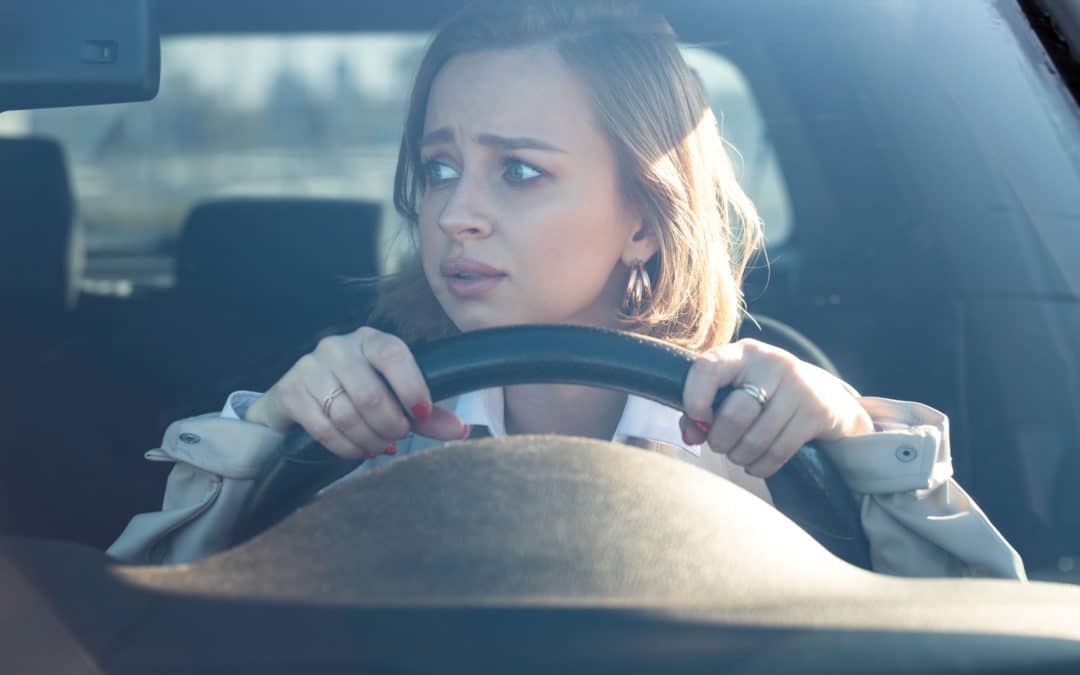It’s tempting to look when you drive by an accident. You slow down and glance back, taking your eyes off the road for a brief moment. It’s a practice called rubbernecking, and it is a form of distracted driving.
The term rubbernecking dates back to the late 1890s, to describe people who turned their heads to listen to other people’s conversations. By the early 1900s, rubbernecking was used to describe tourists striving to see everything from their seats in wagons, cars, and buses. Today, it is a term for motorists who slow down, craning their necks to see an accident, usually on the other side of the road.
Why do we rubberneck?
Blame it on our natural curiosity. Those flashing lights attract our attention. We may be concerned about the people involved in the accident. We want to find out what’s going on. We can’t seem to look away, a reaction that may be tied to our fight-or-flight instinct. Our brain is evaluating the threat.
While rubbernecking may be a natural response, it is not a safe one. Here’s what you need to know about rubbernecking, including how to keep yourself safe on the road.
Rubbernecking…
Is distracted driving.
-
- A glance away of just 5 seconds when you’re traveling 55 mph means you have traveled the length of a football field without looking at where you were going!
Delays your response time.
-
- When you take your eyes off the road, you miss seeing brake lights, traffic lights, and pedestrians. By the time you see them, it may be too late to avoid a car accident.
Causes accidents.
-
- Rubbernecking is responsible for 10-16 percent of accidents, according to a study by the Transportation Safety Center at Virginia Commonwealth University.
Can also cause traffic jams.
-
- Rubbernecking starts a chain reaction of braking, which slows everyone down even though there is no real barrier on the road ahead.
Tips to Prevent Rubber Necking
Follow these steps to keep you and your passengers safe.
-
- Keep your eyes on the road. Resist the urge to look.
- Turn on your blinkers so cars behind you know you are slowing down.
- Ask your passengers to refrain from rubbernecking or taking photos or videos of the accident. Their movements in the car to get a good picture could cause added distractions or a blind spot for you, the driver.
- Be extra careful driving by a crash. Know that other drivers may not be paying attention because they’re rubbernecking.
- If you don’t have to be on the road during busy times, you may be able to avoid the holiday traffic and the potential for rubbernecking.
Using crash screens can also help reduce rubbernecking. A University of Florida study found that screens that blocked the view of an accident were effective in reducing rubbernecking.
We are still in the 100 Deadliest Days, so remember as you get on the road this summer, travel safely. And if you see an accident, try your best to keep your eyes on the road ahead.
This article is furnished by California Casualty, providing auto and home insurance to educators, law enforcement officers, firefighters, and nurses. Get a quote at 1.866.704.8614 or www.calcas.com.
- Graduation – When to Remove Your Child from Your Auto Policy - May 18, 2023
- How to Prevent Catalytic Converter Theft - May 17, 2023
- How Much Does Home Insurance Cost? - May 17, 2023

